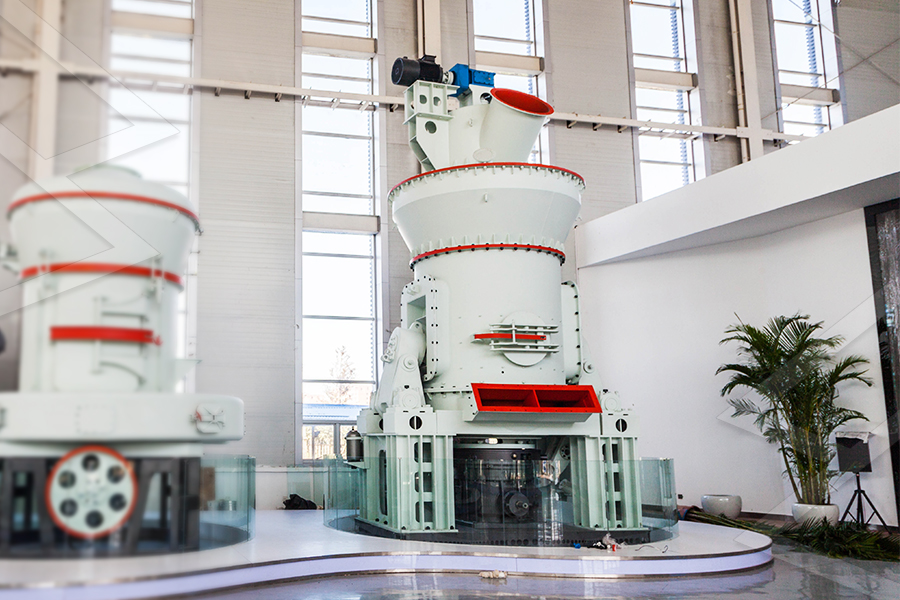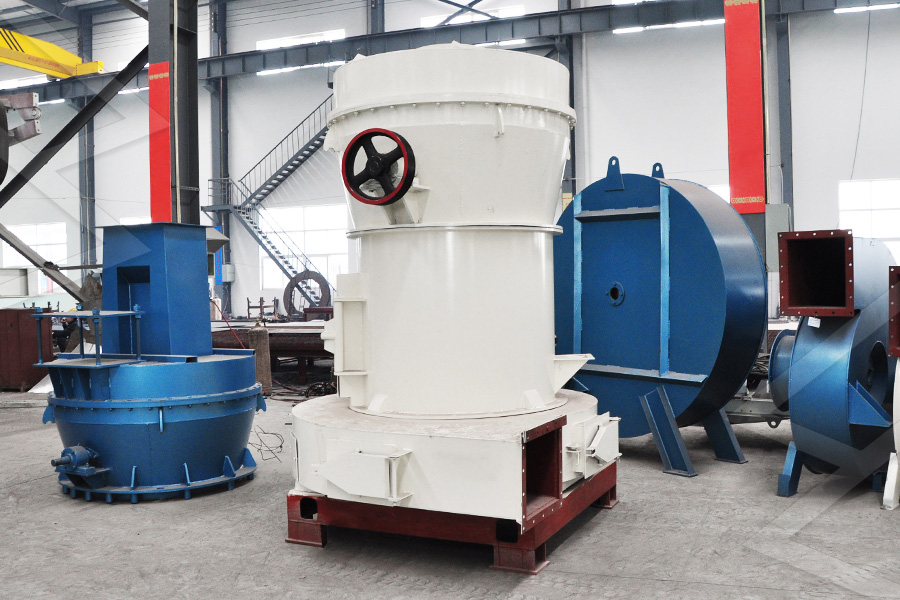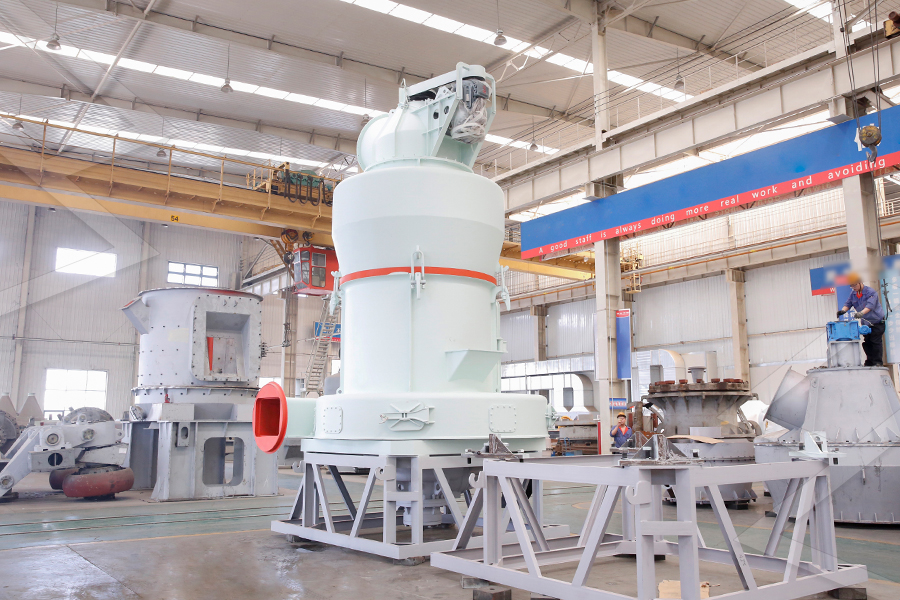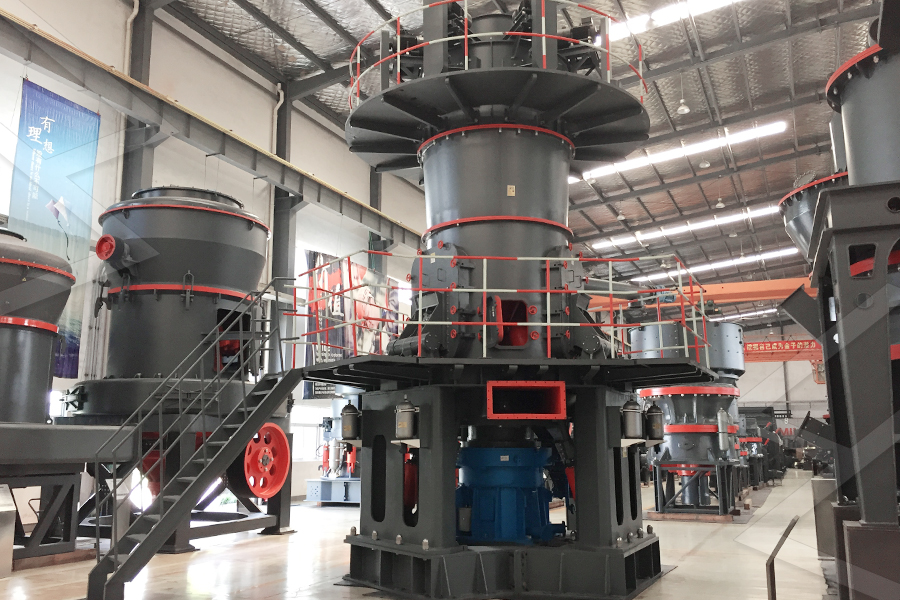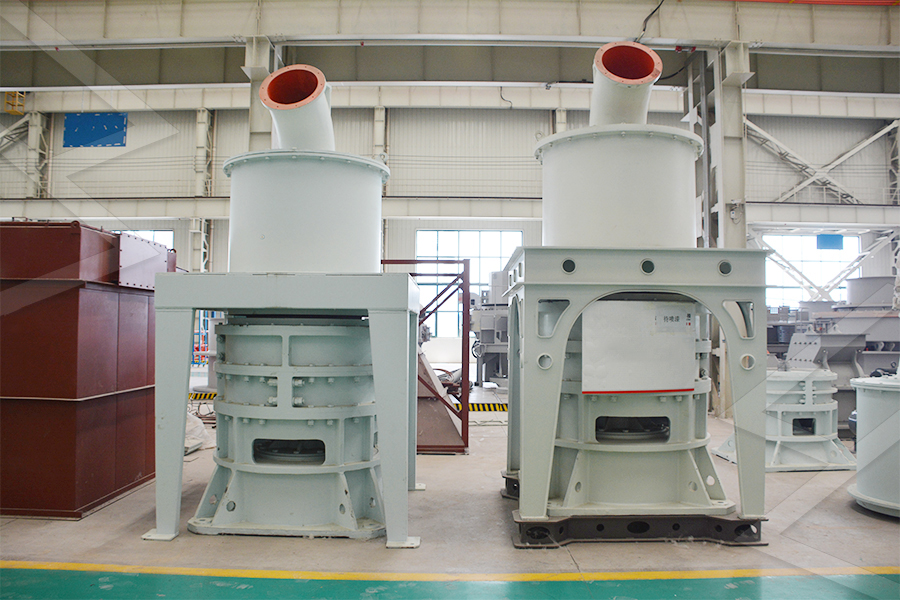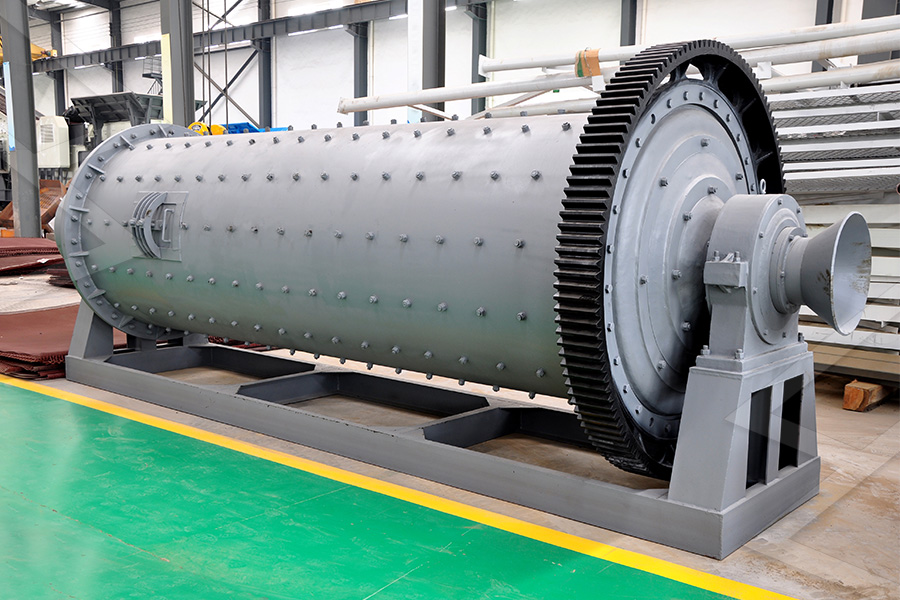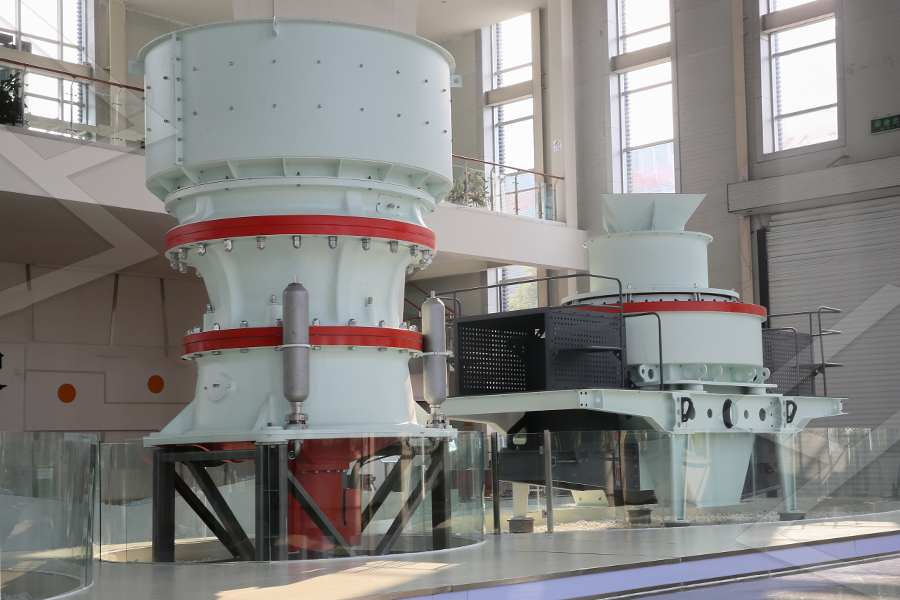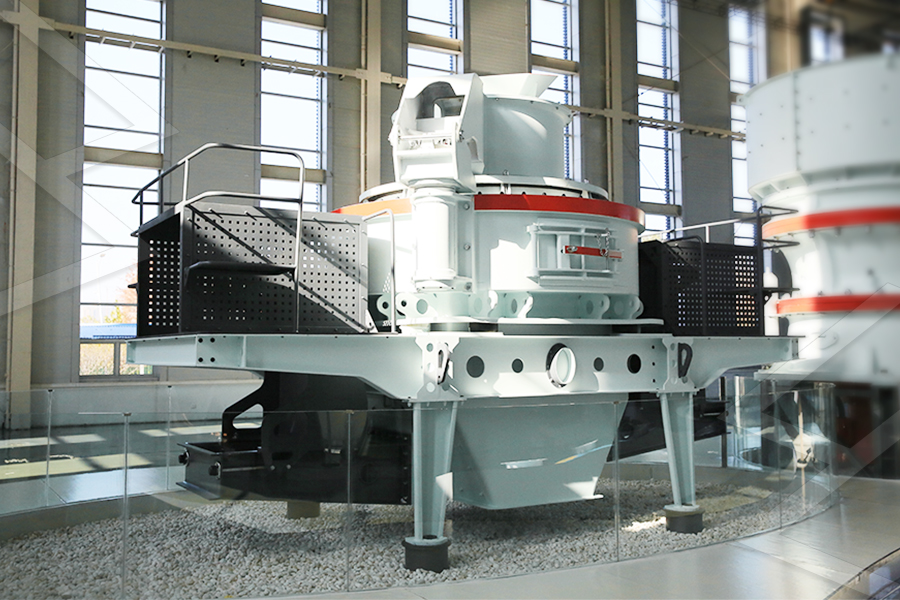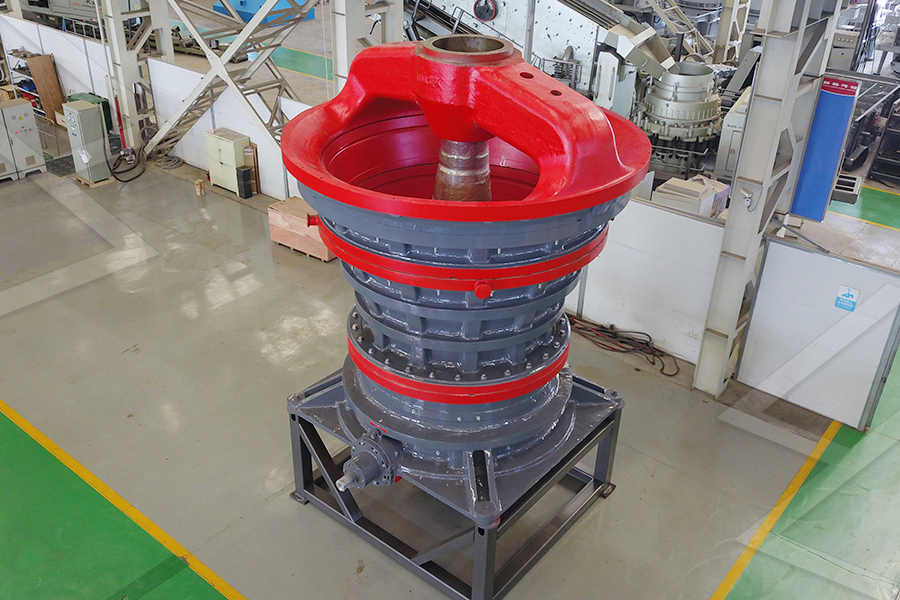The project also exemplifies industry collaboration: the smelter shares real-time flux performance data with the grinding plant, allowing for adjustments to particle size or composition—ensuring continuous improvement in smelting efficiency.
This fluorite grinding project underscores the critical role of mineral processing in metallurgy, where high-quality flux can significantly improve metal recovery and reduce energy consumption, supporting sustainable industrial practices.
Calcium carbonate (CaCO₃) is widely used in the paper industry as a coating pigment—improving paper’s whiteness, smoothness, and printability. This article explores a calcium carbonate grinding project in Quebec, Canada—a region with abundant high-purity limestone (the raw material for calcium carbonate)—producing 350-mesh calcium carbonate powder at 6 TPH for a North American paper mill. The project focuses on achieving ultra-high whiteness and narrow particle size distribution, critical for high-quality coated paper (e.g., magazine paper, catalogs).
Project Background and Paper Industry Requirements
Coated paper requires a smooth, white surface to ensure sharp printing and vibrant colors. Calcium carbonate is the preferred coating pigment (over clay) because: (1) It has higher whiteness (90-95% vs. 80-85% for clay); (2) It is cheaper (30% lower cost than clay); (3) It improves paper’s opacity (reducing ink usage). The paper mill specified 350-mesh (42 μm) fineness with a narrow particle size distribution (d10 ≥35 μm, d50 40-44 μm, d90 ≤50 μm) because: (1) Uniform particles create a smooth coating (coarser particles cause roughness, finer particles increase viscosity);
(2) It ensures good coverage (hiding power) with minimal pigment dosage (15-20 g/m²). The 6 TPH capacity matches the mill’s daily coating demand (144 tons per day, enough for 7.2 million square meters of coated paper).
(2) It ensures good coverage (hiding power) with minimal pigment dosage (15-20 g/m²). The 6 TPH capacity matches the mill’s daily coating demand (144 tons per day, enough for 7.2 million square meters of coated paper).
